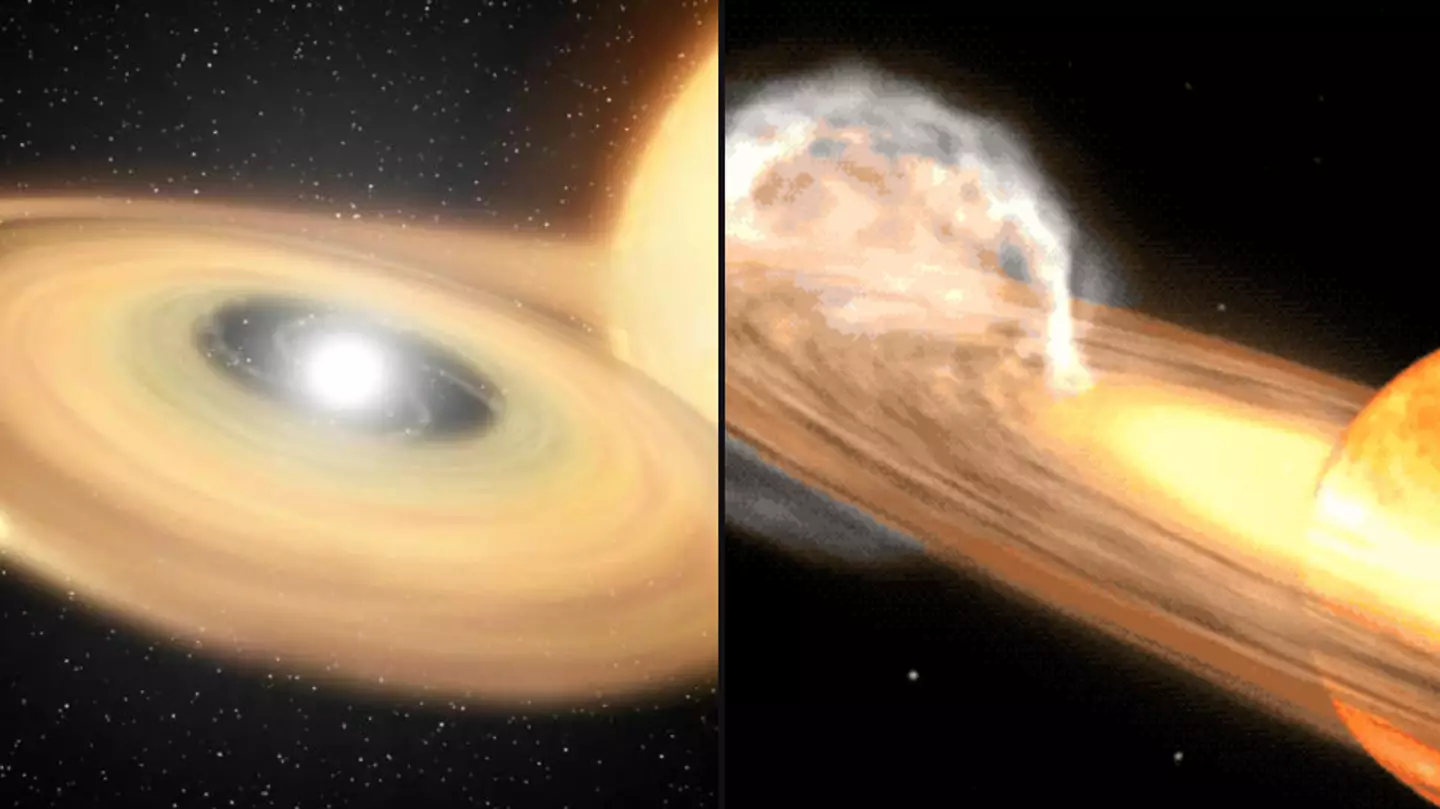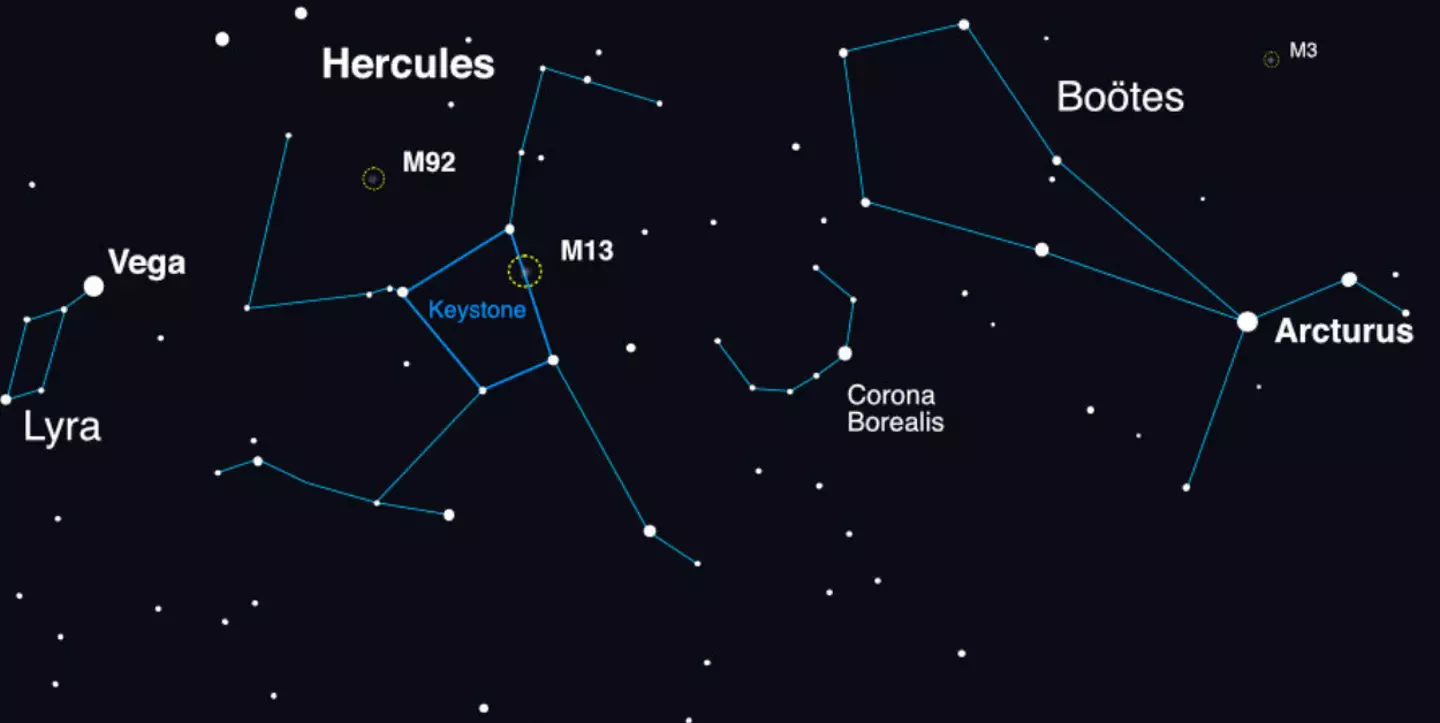
A once-in-a-lifetime cosmic explosion ‘visible to naked eye’ in the UK is set to happen soon, leading to much excitement within the science community.
Scientists are full of new discoveries every single day, but granted, some more exciting than others.
A solid metal ball inside Earth's core has garnered a lot of attention recently, and we think this next scientific revelation will do the exact same.
It involves a rare cosmic eruption, which is expected to occur in the Milky Way in the coming months.
Advert
The outburst is so bright that a 'new' star will likely appear for a short time in the night sky.
The scientific event, which is known as a nova, will be a once-in-a-lifetime viewing for those in the Northern Hemisphere, including the UK, according to NASA.

This is because the type of star systems in which such explosions occur are very uncommon in our galaxy.
Located 3,000 light years from Earth, the explosion will take place in a system called T Coronae Borealis.
Advert
The rare cosmic event, and once-in-a-lifetime opportunity in the UK, is expected to take place sometime before September 2024.
T CrB outbursts typically happen every 80 years, with the last taking place in 1946.
"I'm very excited. This thing is kind of like Halley's Comet – it occurs once every 75 to 80 years – but novas don't get the press Halley's Comet gets," said Nasa’s meteoroid environment program manager William J Cooke.
"Comets always get more press."
The eruption contains two stars: a dead star which is closely orbited by a red giant.
Advert
NASA explains that red stars dying are stars that are running out of hydrogen fuel in their cores.
In systems like T Coronae Borealis, the two stars are extremely close to each other.

As a result, matter from the red giant is constantly spilling onto the surface of the dead star.
This builds up pressure and heat over them, ultimately leading to an explosion.
Advert
Bradley Schaefer, a professor emeritus of physics and astronomy at Louisiana State University, said: "As matter accumulates on the surface of the white dwarf, it heats up and you get higher and higher pressure until bang — it’s a runaway reaction."
At its peak, the eruption should certainly be visible to the naked eye - so there will be no need for a fancy telescope or any expensive science gear most of us don't have lying about.
"It’s going to be bright in the sky, so it’ll be easily visible from your backyard," he explained.